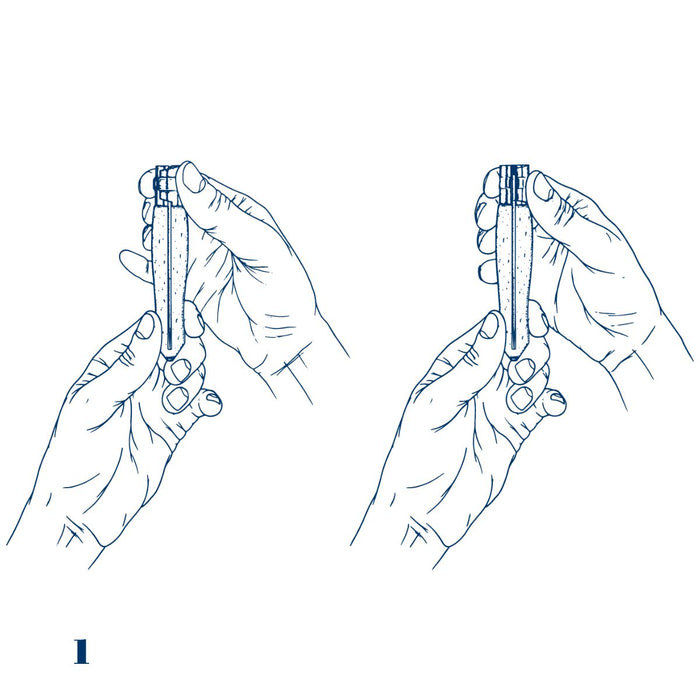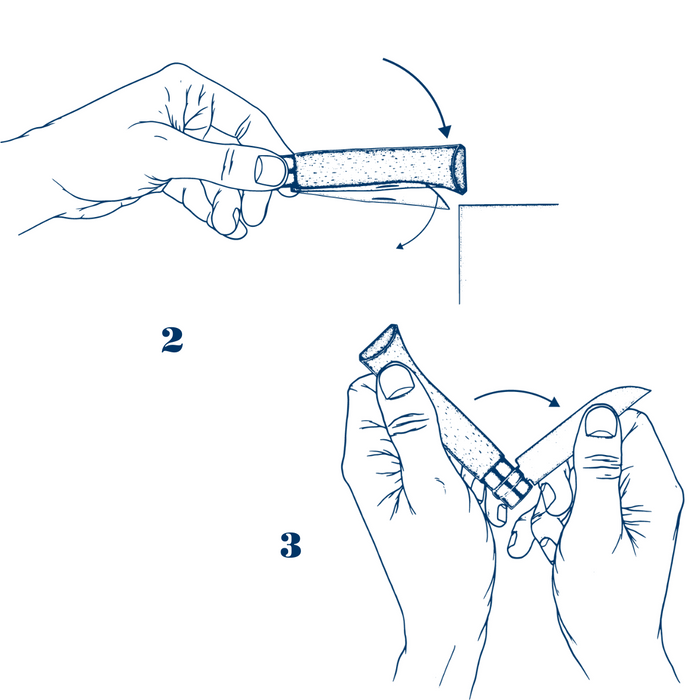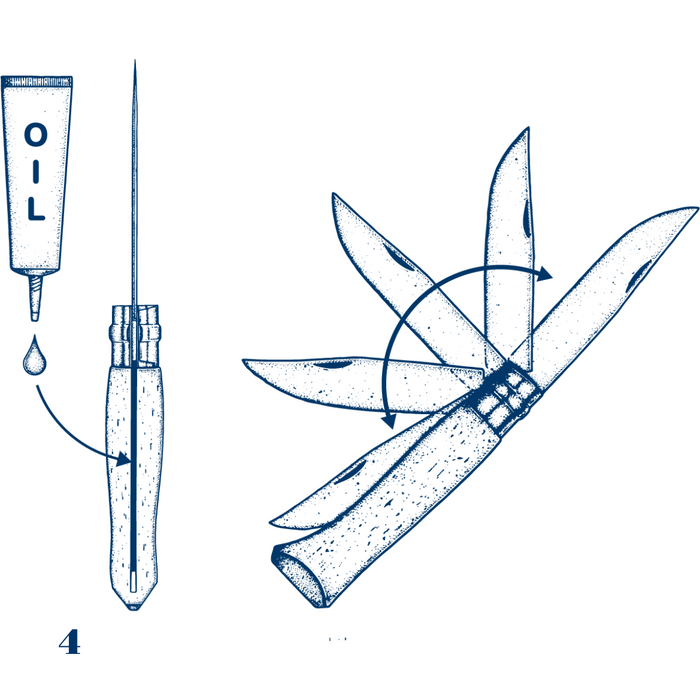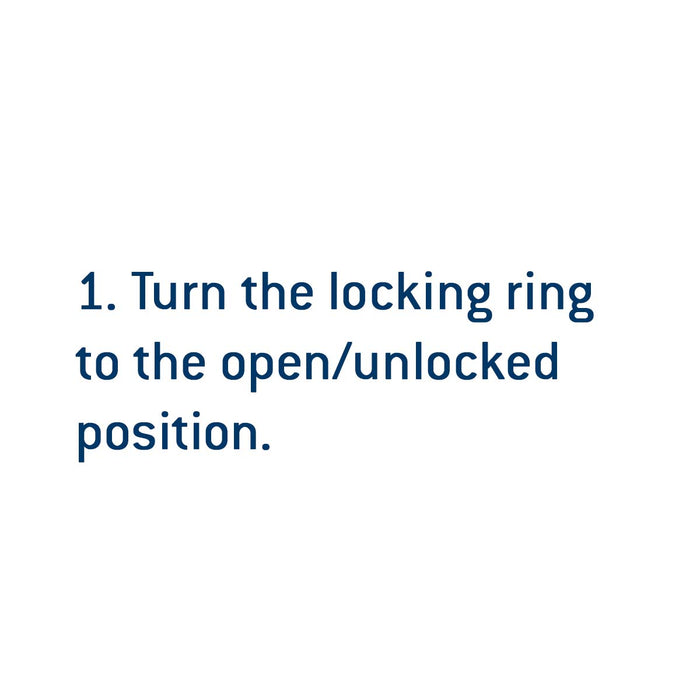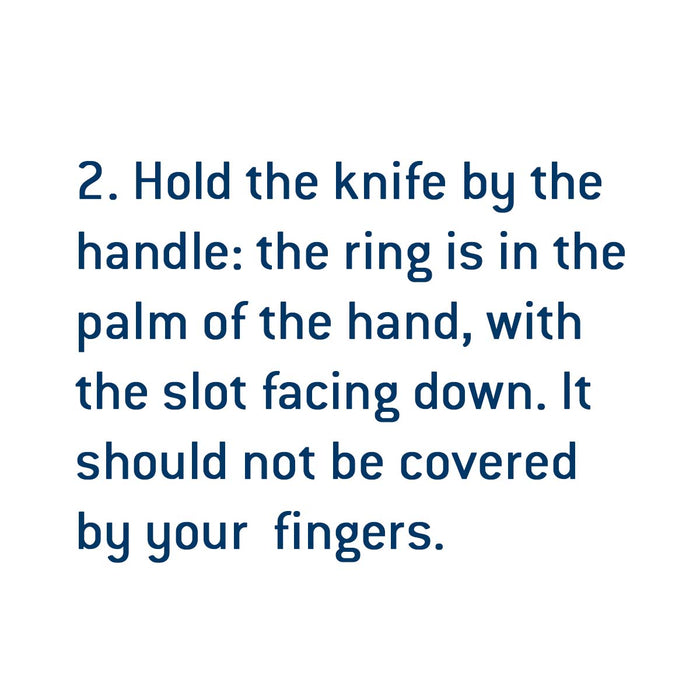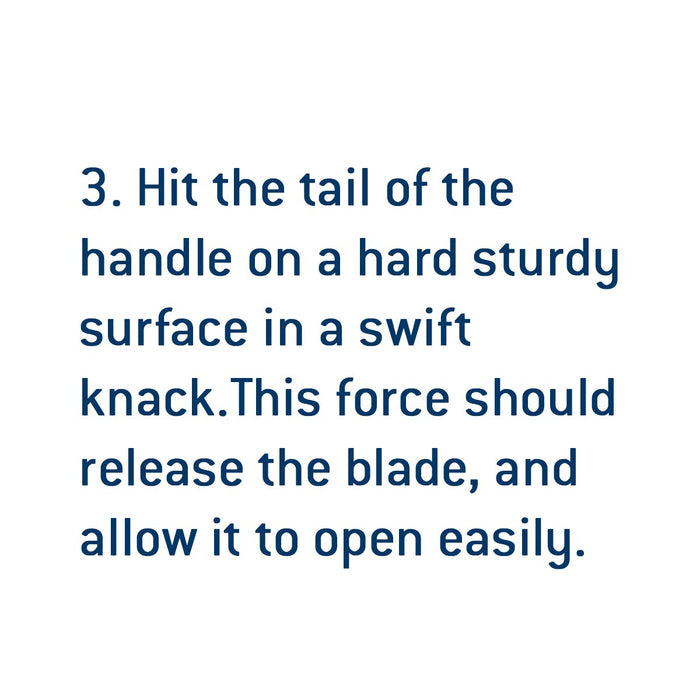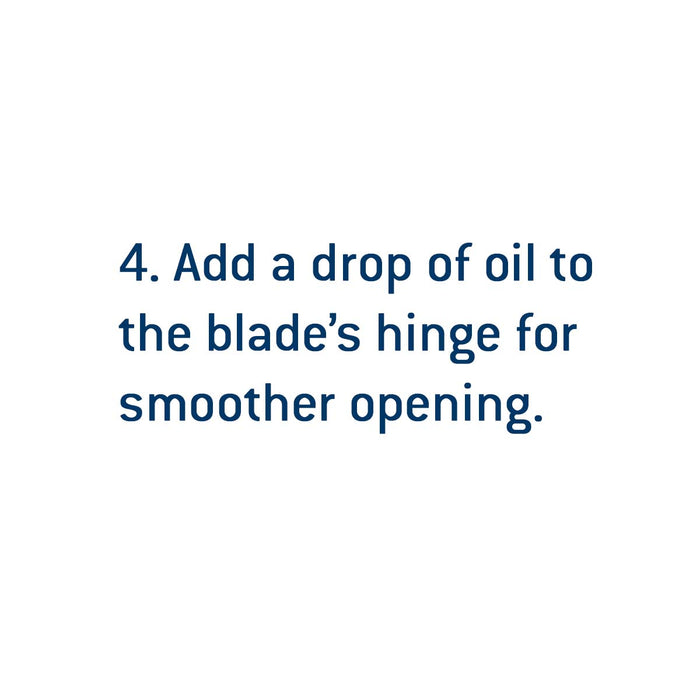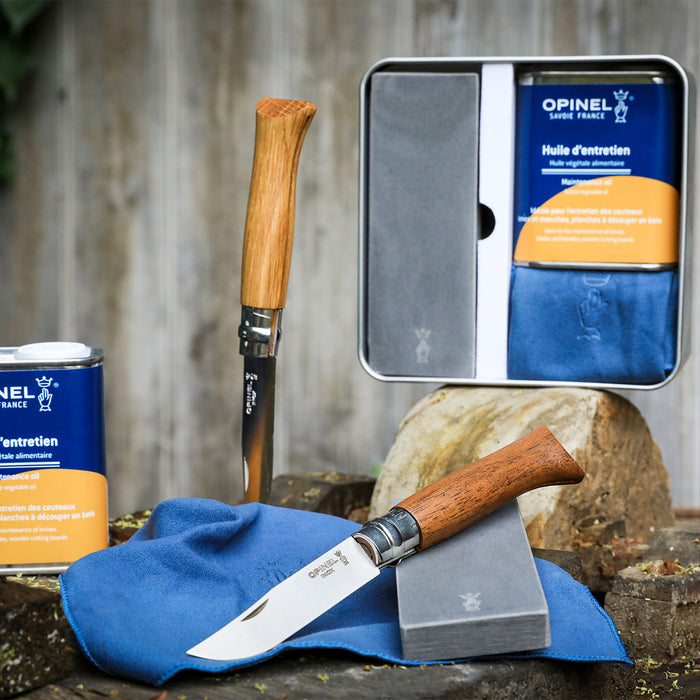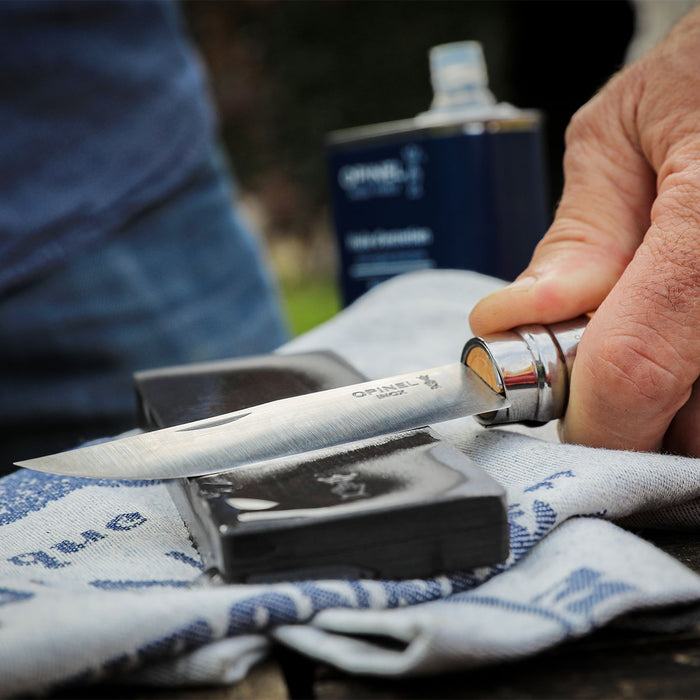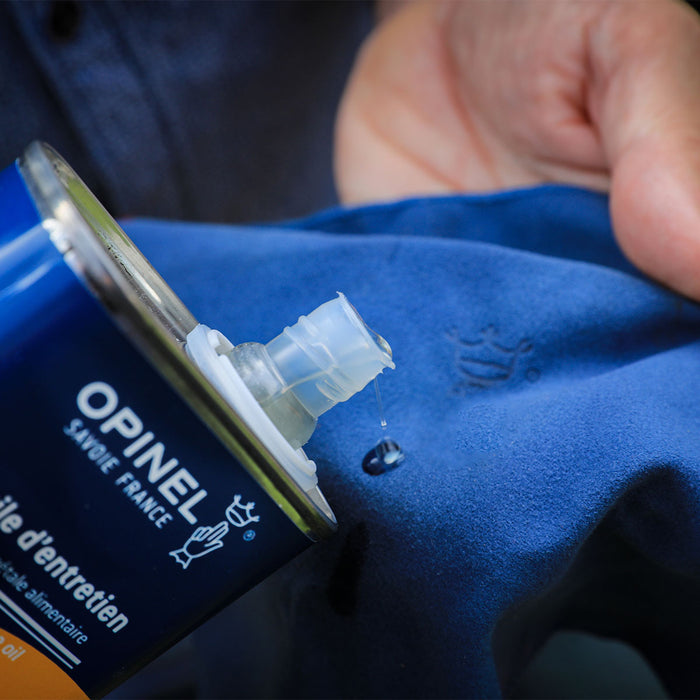Your Cart is Empty
FREE Economy Shipping on orders $45+ | US Only
FREE Economy Shipping on orders $45+ | US Only
Go To Cart
Your Cart is Empty
-
Earn points for every $1 spent
-
Enjoy exclusive benefits
-
Boost your savings
-
Earn points for every $1 spent
-
Enjoy exclusive benefits
-
Boost your savings
- Login
Earn Points
Points on every purchase, free shipping, birthday gifts, & more (!*)
Join for free
Already a member? Log in
Points on every purchase, free shipping, birthday gifts, & more (!*)
Join for free
Already a member? Log in.






















